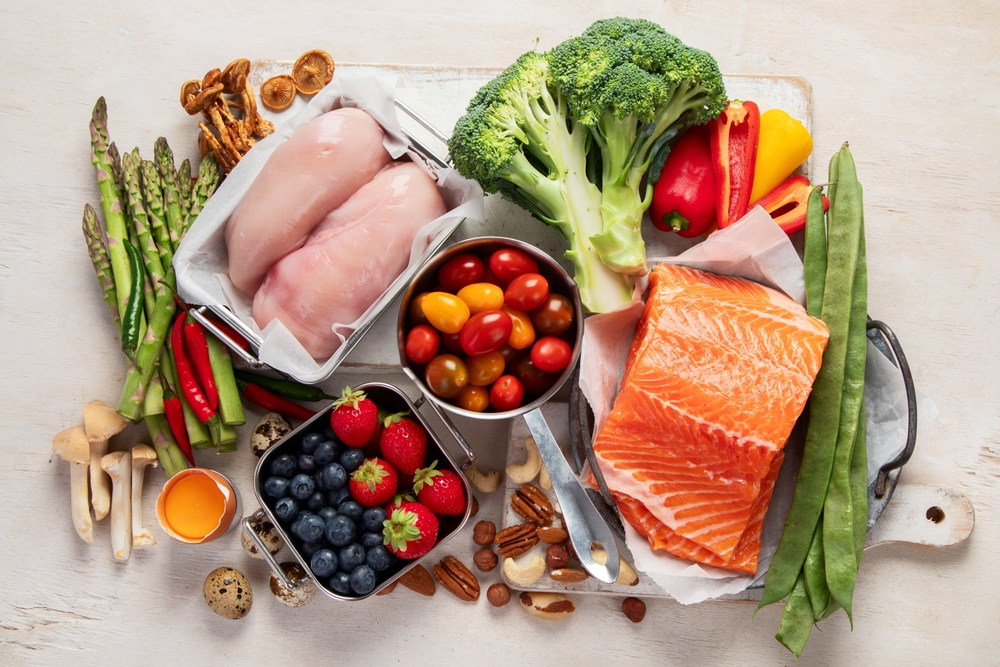Physicians are afraid that a more plant-based diet can get in the way of their patients’ ability to recover. But that doesn’t have to be the case, thinks assistant professor Sander Biesbroek (Human Nutrition and Health). With his team, he researched the protein quality and environmental impact of hospital menus.
Hospitals want to become more sustainable, but without compromising patients’ health and ability to recover. ‘If they have to decide between a healthy diet and a sustainable one, they choose the first. They are afraid that otherwise they won’t be able to guarantee the protein quality,’ says Biesbroek. He says these worries are unnecessary.
With his team, he calculated the protein quality, the protein quantity and the environmental impact of the evening meals for three hospitals – a university medical centre, a regular hospital and a hospital specializing in nutrition. This showed that the average vegetarian evening meal scores 50 per cent lower than an evening meal based on animal protein in terms of CO₂ emissions, land use, acidification and unwanted increase in the supply of nutrients (eutrophication) in freshwater and salt water. ‘A very clear win for the environment, in other words. It’s slightly different for health because you need to take a few extra factors into account.’
20 grams standard
These factors are digestibility and amino acid composition. ‘Dieticians generally use the standard of 20 grams of protein per meal, because we know that amount is good for muscle maintenance and recovery,’ explains Biesbroek. ‘What often isn’t considered is that plant protein is more difficult to digest than animal protein. The amino acid profile is also different. That’s why in plant protein there is a bigger difference between what you eat and what your body can use as building blocks. But there is little or no information on this.’
In the study, 85 per cent of meals based on animal protein met the criterion of 20 grams of protein per meal before correcting for protein quality. After correction, it was still 68 per cent. For the vegetarian meals, the figures were 60 per cent and 20 per cent respectively. Most meals based on animal protein (77 per cent) had a complete amino acid profile. The vegetarian meals (60 per cent) often had an incomplete amino acid profile.
‘It’s then easy to think: OK, we’ll just give our patients a bit more to eat,’ Biesbroek says. ‘But patients are often tired or nauseous, or both, or they are not hungry due to the medicines they get. The protein quality in patients’ food is really important.’
Digestibility
‘I expected that the amino acid composition would play a more important role in how much protein from the meal is actually usable,’ says Biesbroek. ‘But because you use multiple ingredients in a good meal, the meal’s amino acid profile as a whole ends up being diverse anyway.’
Digestibility turns out to be key when determining protein quality: about 25 per cent of the plant protein is lost during digestion. For animal protein, the loss is only 5 per cent. ‘Each food group has its digestibility factor. We have added a broad overview to our report that dieticians can use to start calculating. If you start designing menus based on the right information, you can offer patients vegetarian meals that are sustainable and meet the patients’ protein needs.

 ‘In plant-based protein, there is a bigger difference between what you eat and what your body can use as building blocks.’ Photo Shutterstock
‘In plant-based protein, there is a bigger difference between what you eat and what your body can use as building blocks.’ Photo Shutterstock 

